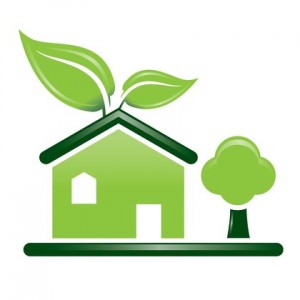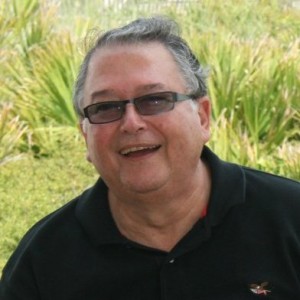By Joe Van Acker
The Magic City has been surprisingly slow to adopt green technology and building techniques, but that’s starting to change. Sustainable Development Services, LLC broke ground last week on the first two green homes to be built in Miami, located in Little Gables.
Construction Begins on Miami’s First Green Homes
Carlos Ruiz de Quevedo, architect at Sustainable Development Services, LLC and chair of the Coral Gables Green Task Force, says that Miami developers’ hesitance about green building stems partly from the legacy of Hurricane Andrew, which hit Florida in August of 1992. When the storm’s 160 m.p.h. winds stripped roofs and shredded homes, it exposed serious flaws in construction practices. As a result, codes became more stringent and procedures became more cumbersome.
“We probably have the most challenging building environment in the country, if not in the world,” Ruiz said. “Some people, rather than try something new, just do the same thing that everyone’s doing because they know it will be approved easily.”
Rules and regulations aren’t the only things preventing Miami from going wholeheartedly green. According to Ruiz, widespread confusion and misinformation have given people around the nation the wrong idea about green homes. He also says that he has seen properties in other parts of the country passed off as being “green” without actual certification from a proper third party. In Florida, those parties include the U.S. Green Building Council, the Florida Green Building Coalition and the Builder’s Association.
“Right now, the green movement has sort of become like Christmas; the meaning is lost,” Ruiz said. “That’s going to be the thing now, how do we get the consumer educated about what these homes are, and how it benefits them?”
Carlos Ruiz: Green Homes Save Money
Ruiz says he believes that now is a good time for builders to construct green homes in Miami, as the city’s real estate market is getting stronger, and investing in green homes is more practical for more buyers.
“Right now we have high demand and limited inventory, so the timing is perfect,” Ruiz explained. “And after coming through the financial nightmare that they went through, they’re looking at being more efficient with their money.”
Ruiz says that many Americans, including some in Miami, are under the impression that green homes are prohibitively expensive to build and purchase. He acknowledges that there may be a higher cost up front, but says the cost of operation is significantly lower. Ruiz recently remodeled a home built in 1948 and added 1200 square feet. After his renovations, the average electric bill dropped by more than 50 percent. By adding solar panels and other additions, residents can actually make their homes energy neutral.
Green homes are nothing if not efficient. Wireless thermostats learn occupants’ patterns, adjust themselves automatically and can even be controlled remotely with a smartphone. White roofs reflect sunlight, lowering air conditioning costs and energy consumption. The land under the homes requires little or no irrigation and rainwater can be collected underground and reused.
The homes in Little Gables, which will be sold in the mid-$500,000 range, are energy-efficient and cost-effective, but Ruiz says they may not be right for everyone.
“These are not your granddad’s old homes,” he quipped. “These are high-tech homes that need to be properly maintained. It’s going to need someone that will understand how to work with a computer, someone who can use an iPhone.”
Ruiz is optimistic that the rest of Miami will follow his lead and noted that several green projects are already underway, including condominiums as well as some low-income housing in Coconut Grove.
“I think a lot of [America’s] problems are part of our energy problem,” he said. “I believe that we have the technology to become energy independent.”


